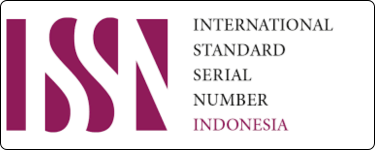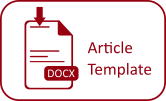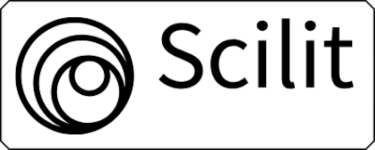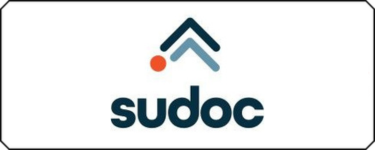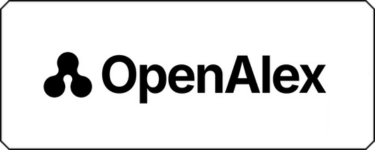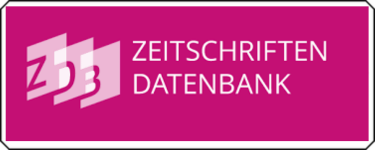Promoting Digital Literacy for the Prevention of Risk Behavior in Social Media for Adolescents
DOI:
https://doi.org/10.31599/7cv3sj91Keywords:
adolescents, risky behavior, digital literacy, digital skillsAbstract
This article examines the internet and social media which are increasingly used by the public, especially among teenagers. Through digital technology, people are constantly connected to each other. Along with the rise of various risky behaviors and crimes that use information technology, both as a means and a
target. Based on doctrinal studies, the results show that regulations related to information technology and the Internet have not yet reached digital platform providers in creating a secure digital space. Sanctions and penalties for law violations and crimes are only intended for social media users. Efforts to create a safe and civilized digital space are carried out through policy breakthroughs, both at the ministry level and law enforcement agencies. The vulnerability of adolescents to threats in the digital space needs to be overcome with the support of the family as the smallest unit of society, through strengthening digital literacy. Digital skills are expected to improve youth’s ability to use the internet and social media for productive and useful activities. Digital literacy policies for teenagers are not only the responsibility of the state, but also the community, educators, and families.
Downloads

Downloads
Published
Issue
Section
License
Please read and understand the copyright terms for submissions to this journal.
Copyright Notice
The Jurnal Keamanan Nasional is under the Creative Commons Attribution 4.0 International (CC-BY 4.0) License, according to which:
1) Authors retain copyright and grant the journal the right to first publication, with the work simultaneously licensed under the Creative Commons Attribution (CC-BY 4.0) that allows the sharing of articles published with the acknowledgement of authorship and the initial publication in this journal.
2) The authors are authorized to make additional contracts separately for distribution of the version of the work published in this journal (for example, publication in an institutional repository or as a chapter of the book), as long as there is recognition of authorship and initial publication in this journal.
3) Authors are authorized and encouraged to publish and distribute their work online (for example, in institutional repositories or on their personal pages) at any time before or during the editorial process, as it increases the impact and reference of the published work.


